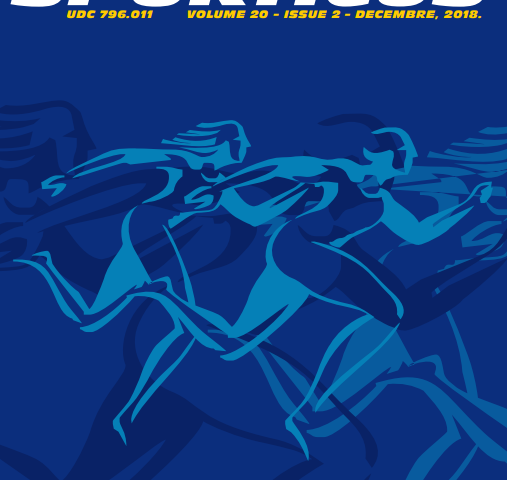Abstract
In terms of organization of sport and physical education lessons, volleyball can be considered the most popular for realization. The reasons for this organizational popularity lie in the fact that for the performance of educational contents of volleyball, very little material and technical equipment are needed, the game is easily applicable for the male and female population, and there is no contact between members of opposite teams so there is a small possibility of injury of participants. On this organizational level (lessons) it is also possible to oppose teams of different sexes, teams of different knowledge and motorical readiness or teams of different social statuses and which will not significantly affect the quality or result of the competition. On this occasion, a significant difference between opposite population does not have to be expressed, which again indicates on high organizational quality. Sample examinees are defined by the male population of vocational high schools in Sarajevo, between the ages of 16-18. Variables of a predicator area consist of 12 morphological and 24 motoric variables, and the sample variables of the criterion area of 3 variables/elements of volleyball. The aim of this research is to determine the effect of morphological characteristics and motoric abilities on the performance of situational motoric elements of volleyball in terms of organization of sport and physical education. In this research, with the use of regression analysis the determined is a) influence of the morphological area on variables of the situational motorical area does not exist, like individually in the manifest area the same is represented by the first main component and b) the influence of variables from the motorical area on all situational- motorical variables in volleyball (manifest area) is achieved, just like those three elements derived the first main component.


